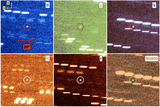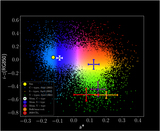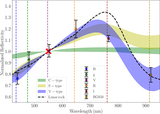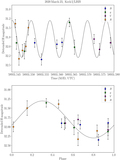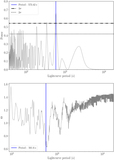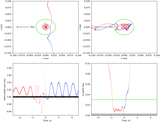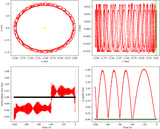Image Details
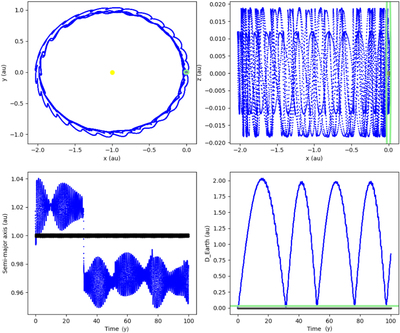
Caption: Figure 8.
Top left panel: same as Figure 7 except for orbital clones of 2020 CD3 integrated forward 100 yr from 2020 March 23 UTC (blue line), with the Earth’s three Hill radii marked in green. Top right panel: same as the top left panel except for the mean geocentric Cartesian x and z coordinates of 2020 CD3 orbital clones integrated forward 100 yr from 2020 March 23 UTC. Bottom left panel: evolution in 2020 CD3’s orbital clones’ mean semimajor axis integrated forward 100 yr from 2020 March 23 UTC, with the Earth’s orbit in black. Bottom right panel: geocentric distance of 2020 CD3 orbital clones integrated forward 100 yr from 2020 March 23 UTC.
Copyright and Terms & Conditions
© 2020. The American Astronomical Society. All rights reserved.


